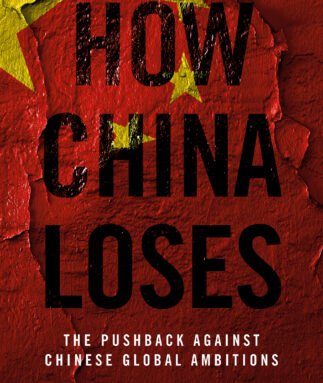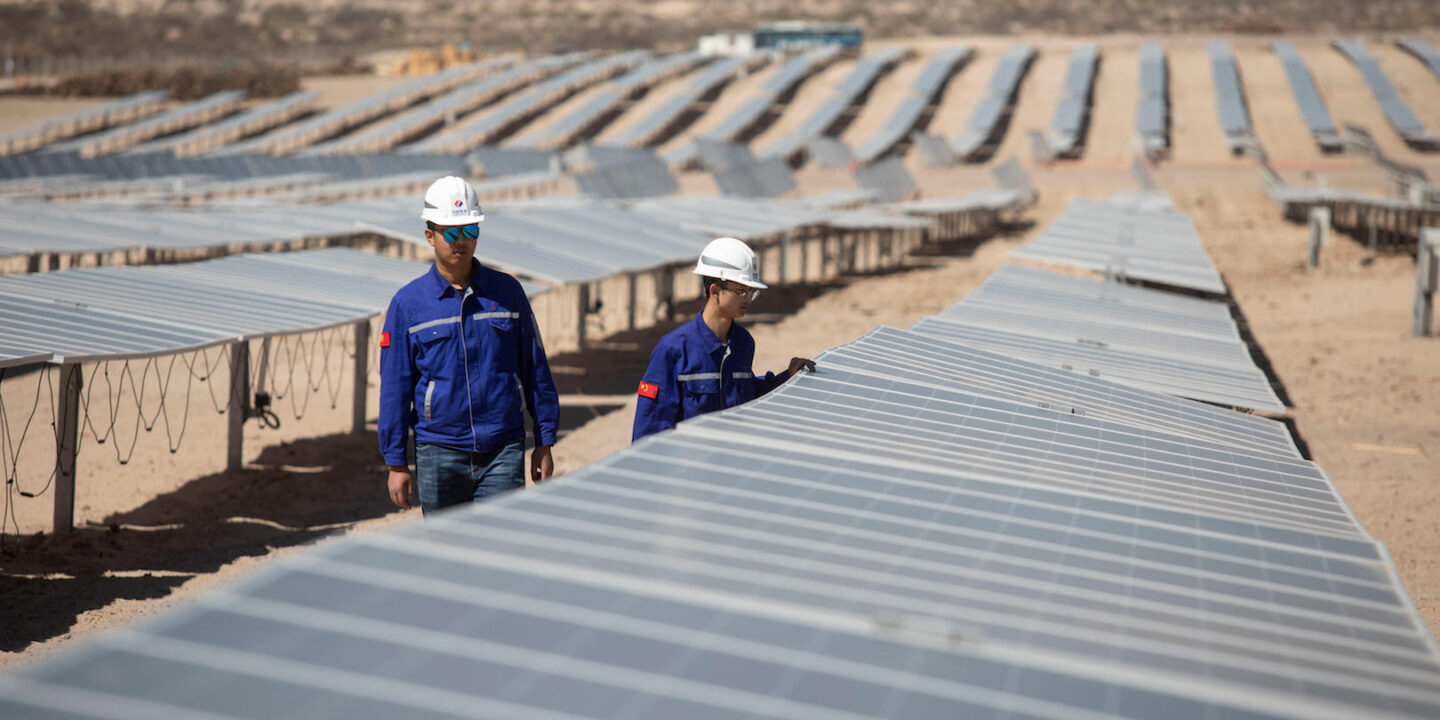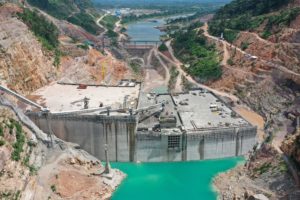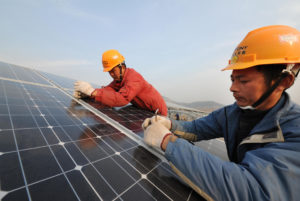Over the past two decades, China has transformed its relationship with Latin America, bringing both opportunities and setbacks. It has become the number one trade partner for major economies such as Brazil and Argentina, countries which now rely on imported Chinese manufactured goods and infrastructure investment that ranges from railways to hydroelectric power.
The challenges that China has faced in the Latin American market have led it to undergo a learning curve. Among these are disputes over the social and environmental standards of its investments and the claim that they harm local industries.

In an interview with Diálogo Chino, researcher Luke Patey talks about his new book How China Loses, a comprehensive account of the difficulties China has experienced as it expands as a global power.
Diálogo Chino [DC]: In your book, you argue countries are critically assessing their relationship with China. What are the main issues you noticed in Latin America?
Luke Patey [LP]: The most pressing issue for the region is the asymmetrical trade with China that doesn’t seem to be going away. There’s no clear sign of this relationship of exchanging natural resources with China for manufactured goods to be changing anytime soon. That’s the main red flag and something that doesn’t happen with other trade partners of Latin America, who buy more value-added goods from the region. It’s really a question of ensuring companies from the region remain as competitive as possible. China has engaged with many BRI [Belt and Road Initiative] deals with Latin America but the Chinese companies capture most of the value. Companies in the region should have a larger stake to build productivity. Latin America has to recognise the diversity of power and opportunity in the world.
DC: Are you arguing then that Latin America should turn away from China, on which it relies for a large part of its exports and investments?
LP: No, but Latin America could be doing much more to open Chinese markets to its value-added agricultural products. The region could develop natural resources at home and try to sell them to China, even using regional trade agreements like Mercosur to have better market access. If a country instead goes alone to negotiate, China can then use all its geopolitical power and economic influence.
DC: So how does China lose, given the title of your book? It seems to be winning in Latin America thanks to the asymmetric relationship you describe
LP: China is upsetting its rise as a global superpower by antagonising its relations with major powers in Asia and Europe. For Latin America, engaging China, including its BRI, offers new trade, finance, and technology possibilities. But if the relationship continues to be asymmetric, if the opportunities presented by China do not develop into new productive activities that elevate and expand the diversity of Latin American economies beyond resource dependency, this will undermine China’s long-term ambitions of legitimising its political and economic model in the world.
China wields remarkable power, but not dominant influence. Latin American governments, companies, and civil society have demonstrated the ability to amend the inequitable terms and negative externalities that can come with BRI. But they can do more to cooperate with one another.
DC: What have been the main lessons you noticed in how to deal with Latin America?
LP: We are told we need to understand China better but China also has a learning curve of understanding the world better, including Latin America. Its engagement in the world is fresh and new. We are still seeing this process of Chinese managers and diplomats fostering social ties and developing local knowledge. China is gradually learning more about each Latin American country and is building a more diverse relationship with them. There are still macro and global challenges in acting on those lessons. I met companies that wanted to push corporate responsibility policies but were limited by the home office.
DC: When trying to understand China’s difficulties in carrying out projects in Latin America, you argue Chinese officials should work more with social and environmental groups rather than with politicians. Why doesn’t this happen as much as it should?
LP: There are many factors at play. Chinese companies don’t have much experience working abroad and in a new political and social climate. It’s also a consequence of local governments. Chinese managers that want to bend the rules in a big project will be able to do so much more easily in a country that doesn’t have strong governance. That takes place across Latin America, with countries with limited environmental standards for investments. If the local government doesn’t stand up for its own laws China can then pressure countries in Latin America.
DC: Some Chinese-backed projects have faced hurdles, like the Santa Cruz dams in Argentina, while newer and smaller ones have moved fast, such as the Cauchari solar plant. Is this part of China’s changing focus in the region?
LP: We saw lately a rapid downswing in infrastructure finance from China to Latin America. Also, there were calls in Beijing from Chinese leadership that BRI should be more green. As Cauchari demonstrated, this is a big opportunity for China to industrialise its green industry overseas and to recuperate the reputation of BRI on core environmental issues. Whether that happens or not it’s hard to say. It appears there’s a rethinking in Chinese policy banks towards how much finance they can provide overseas. Not only in Latin America but also in other regions. I’m skeptical that China will abandon the need to outsource the overcapacity of production in heavy industries. They still need to release some pressure from domestic industries by getting these large-scale projects overseas.
DC: As part of your research, you visited Argentina under the Macri administration, a government that reviewed many China projects. Under President Fernández, ties are stronger. What are the characteristics of the relationship?
LP: The relationship has been swinging, first with Cristina Fernández de Kirchner, then with Mauricio Macri and now with Alberto Fernández. But the tensions are still there and have been carried over from administration to administration. A lot of the change is superficial, a facade of political pleasantries. The underlying problems and tensions are still there. Argentina should engage in infrastructure finance but the trade tensions are there both with Chinese goods undermining Argentine industries and with Argentine exports struggling to get into China’s agri-markets.
DC: The BRI has taken big steps across Latin America over the last few years but the largest economies haven’t joined. The Argentine government has said it will sign. What would this represent for the region?
LP: You don’t need to sign a BRI agreement as a Latin American country to gain new economic access or trade and investment from China. Chinese interests will go where they want to go. Signing BRI is a big victory for China. Italy signed up to BRI two years ago and hasn’t seen any benefit. You have to unpack what comes in a BRI agreement. It can just be a piece of paper or offer some tangible benefits for Argentina.
DC: What will the Biden administration represent for the relationship between China and Latin America over the next few years?
LP: When Obama left, one of the last trips he did was to Latin America with a feeling of renewal and praise between the US and the region. That was turned away with Trump’s victory. Biden has now started the process of improving ties again. Still, the US will need to continue to develop its Latin American strategy and there haven’t been a lot of signs. China is not going to establish a global presence like the US once had. The countries in Europe and Latin America that can extract benefit from all their international partners will be the ones to develop faster. Even President Fernandez in Argentina now has a different position from Fernández de Kirchner and doesn’t want to be isolated from the US.









